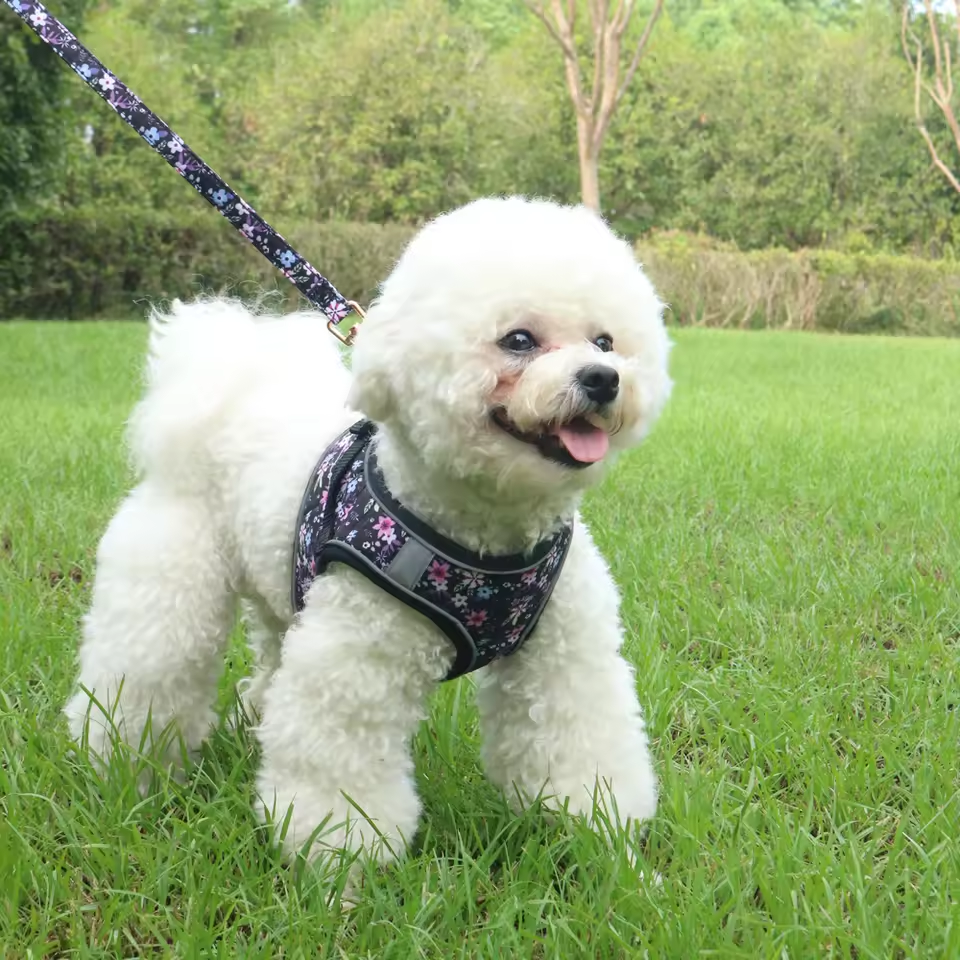The energetic yips and excited barks of a squirrel dog on the hunt are a familiar sound for many outdoor enthusiasts. These talented canines possess an innate ability to track and tree squirrels, making them prized companions for small game hunting. But how do you transform that raw potential into a well-trained hunting partner? This comprehensive guide will walk you through the essential steps of training your squirrel dog, from building a strong foundation to honing their hunting skills.
Contents
- Early Days: Setting the Stage for Success
- Introducing the Scent of the Quarry
- The Art of the Tree Bark
- Time in the Woods: Building Practical Skills
- Honing the Hunt: Advanced Techniques
- Important Considerations: Patience and Ethics
- Dealing with distractions and stubborn behavior
- Conclusion: A Rewarding Partnership
Early Days: Setting the Stage for Success
Even before you bring your pup home, consider the breed. Popular squirrel dog breeds include Treeing Walkers, Feists, and Mountain Curs. Each offers unique strengths, so research to find the breed that best suits your hunting style and terrain.
The key to successful squirrel dog training is to start young. Ideally, begin basic obedience training around 6-8 weeks old. This includes commands like “sit,” “stay,” and “heel.” Positive reinforcement, using treats and praise for good behavior, is crucial. Building a strong foundation in obedience will make later hunting-specific training much smoother.

Introducing the Scent of the Quarry
Around 3-4 months old, you can introduce your pup to the exciting world of squirrel hunting. Here, controlled exposure to squirrel scents plays a vital role. You can use commercially available squirrel fur or hides, or even a safely contained squirrel tail. Drag the scent lure on the ground while keeping your pup on a leash, encouraging them to follow the trail with their nose. When they show interest, reward them with enthusiastic praise and treats.

The Art of the Tree Bark
Once your pup confidently follows the scent trail, it’s time to teach them to alert you when they find a squirrel. This is where the “tree bark” comes in. You can use a variety of methods. One approach involves tying a squirrel tail to a low branch. Guide your pup to the scent, and when they bark at the “treed” squirrel, shower them with praise and treats. Gradually increase the height of the tail as your pup progresses.
Another method utilizes a caged squirrel placed high in a tree, safely out of reach of your dog. This allows them to see and smell the real thing, associating the scent with the desired treeing behavior. Again, reward enthusiastic barking with praise and treats.

Time in the Woods: Building Practical Skills
While controlled training sessions are essential, there’s no substitute for real-world experience. Regular walks in the woods, starting from a young age, acclimate your pup to the sights, sounds, and smells of their future hunting ground. This “woods-wiseness” will help them focus on the task at hand and avoid distractions during a hunt.
As your pup matures, venture deeper into the woods, gradually increasing the duration and difficulty of these walks. Always keep your dog leashed for safety and to prevent them from chasing after other animals.
Honing the Hunt: Advanced Techniques
Once your dog consistently alerts you to squirrels and shows a strong desire to tree them, you can introduce more advanced training techniques. Here are a few to consider:
- The Brace Method: This involves training two squirrel dogs together. The teamwork can enhance their efficiency and motivation.
- The Recall Command: Teaching a reliable “come” command is crucial for maintaining control of your dog in the field.
- Leave It: Training your dog to resist the urge to chase non-target animals is vital for a successful hunt.

Important Considerations: Patience and Ethics
Remember, training a squirrel dog is a marathon, not a sprint. Be patient, consistent, and positive throughout the process. Reward even small improvements with praise and treats. Harsh corrections or punishment will only hinder your pup’s progress.
Ethical hunting practices are also paramount. Always ensure you have the proper permits and licenses for your area. Additionally, respect local game laws regarding squirrel hunting seasons and bag limits.
Dealing with distractions and stubborn behavior
We’ve established the foundation for training your squirrel dog, but let’s face it – the great outdoors is full of distractions! Squirrels themselves can be masters of misdirection, and even the most eager pup might get sidetracked by a rustling bush or a curious bird. Stubbornness, too, can rear its head, testing your patience. Don’t worry, though! Here are some strategies to navigate these training hurdles:
Taming Temptations: Minimizing Distractions
-
Start Small, Stay Focused: Begin training sessions in a controlled environment with minimal distractions. Your backyard or a quiet field are ideal starting points. Gradually introduce more complex environments, like woods with limited distractions, as your pup progresses.
-
High-Value Rewards: When working in a distracting environment, up the ante on your rewards. Use especially delicious treats or exciting toys that your pup finds irresistible. This extra motivation helps them stay focused on you and the training task at hand.
-
Short and Sweet: Keep training sessions short and engaging, especially when working in distracting environments. A tired or overwhelmed pup is more likely to lose focus. End sessions on a positive note, right when your dog is successfully following commands.
Breaking the Stubborn Streak
-
Identify the Cause: Is your dog truly stubborn, or are they unsure of what’s expected? Confusing commands or inconsistent training methods can lead to seemingly stubborn behavior. Review your training methods and ensure clarity in your commands.
-
Lure and Reward: Sometimes, a little nudge in the right direction can break the stubborn cycle. Use a lure, like a treat or a toy, to guide your dog towards the desired behavior. Reward them generously when they complete the action.
-
Change it Up: Repetition is key in training, but adding variety to your training sessions can prevent boredom and reignite your dog’s interest. Try using different cues or practicing commands in new locations.
-
Be Patient and Positive: Stubbornness can test your patience, but remember, getting frustrated will only make things worse. Stay calm, positive, and encouraging throughout the training process.

Conclusion: A Rewarding Partnership
Training a squirrel dog is an investment of time, dedication, and patience. However, the rewards are plentiful. Witnessing your well-trained canine partner working alongside you, their natural instincts honed to perfection, is an experience that strengthens the bond between hunter and dog. With the right approach, you can transform your pup into a skilled squirrel dog, creating lasting memories in the field for years to come.


